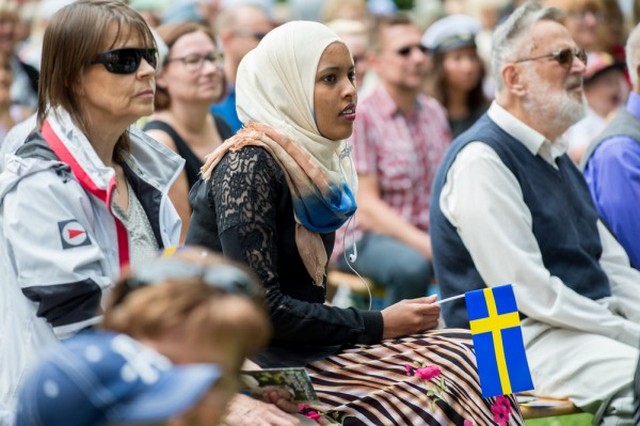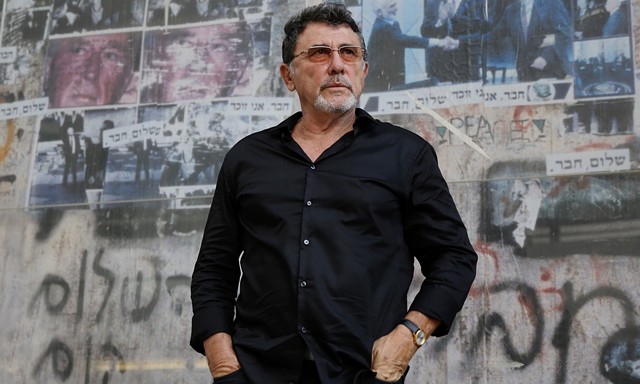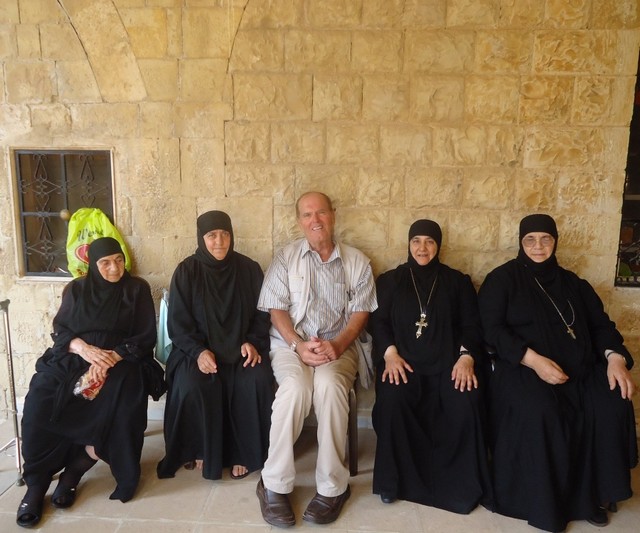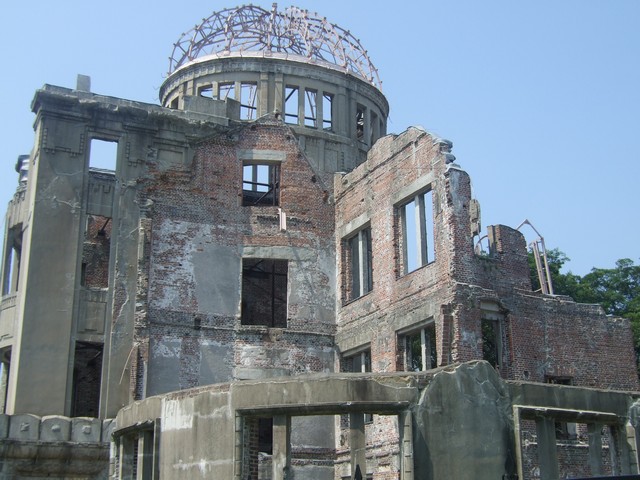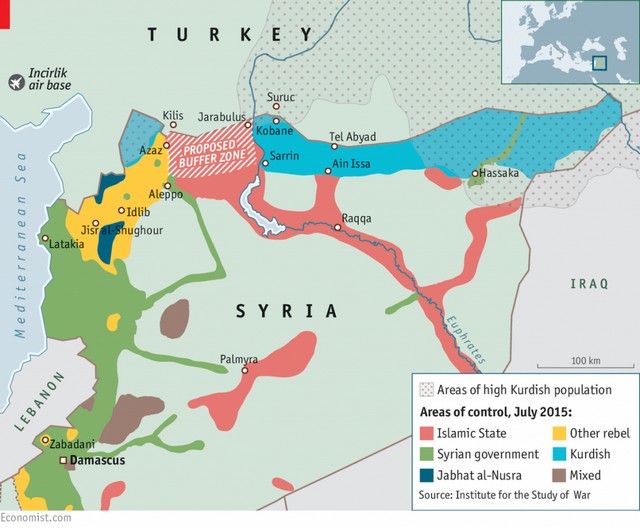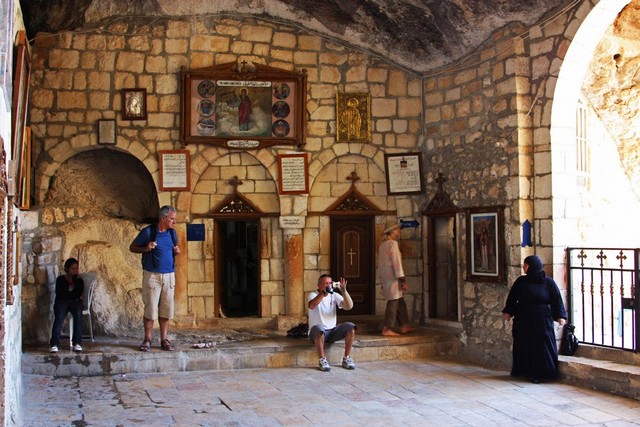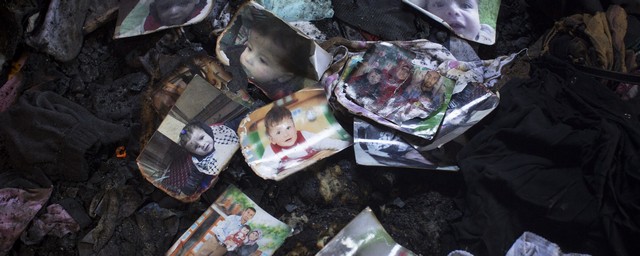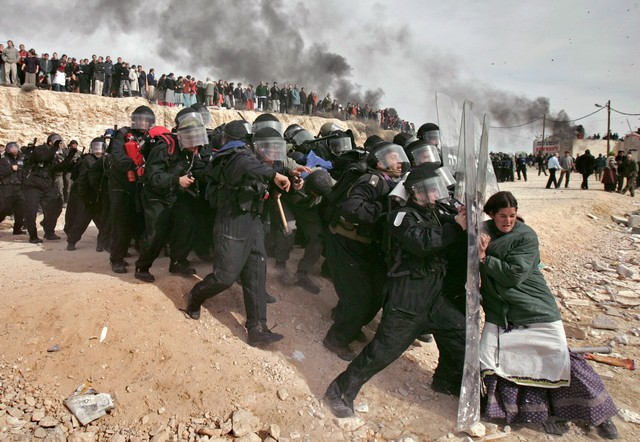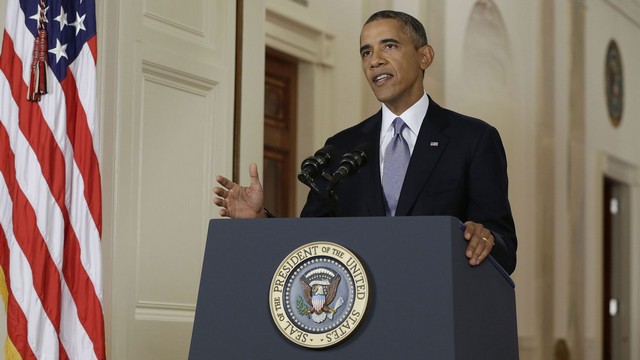By Israel Shamir
Summer reigns all over Europe, from Greece to Sweden. Vacations have emptied the offices, and filled the beaches. Flowers bloom all over, and their fragrance flows like a river. Endless festivals, performances and art compositions embellish the quaint old cities. But things are not as ever before. The old continent is sick. Living is easy, but not for you. Fish are jumping, and unemployment is high.
‘Austerity for all but banksters and the corrupt politicians’ is the motto of the day. The welfare state shrinks, but military budgets expand, and NATO grows despite the austerity. The EU member countries (save Germany) are de-industrialised, their workers lose skills and go into services. A golf caddy is less likely to cause trouble than an industrial worker. Never has democracy felt so much a sham as nowadays.
After the Syriza debacle of Greece, there is a very little trust for left-wing rhetoric. In the whole modern history of Europe, there was not such a shameful surrender, or even treason. ‘Alexis Tsipras’ is a Greek translation of ‘Vidkun Quisling’ or of ‘Maréchal Pétain’. The man received the full support of his people, and chickened out. (The first step of Syriza after the fiasco was to enter into military cooperation with Israel.) Now only the far-right Golden Dawn speaks loudly against surrender to the bankers, but this is a party in opposition, and it risks nothing by speaking out.
The parties of the left and of the right are now quite similar. Europe has neither true Left nor true Right anymore. The pseudo-Left supports imperialist wars and unmans the man. The pseudo-Right supports imperialist wars and cuts taxes for the wealthy. It was more fun with the traditional parties, with the Right hating financiers, supporting tradition, church, and family, and the Left fighting the bourgeoisie, caring for workers, and aiming for social justice. In Douglas Adams’ words, “men were real men, women were real women and small furry creatures from Alpha Centauri were real small furry creatures from Alpha Centauri.” Now they all promote women to the boards of multinationals, compete for Jewish donations and argue who is better for the gays.
In important questions, they are same-same, as my Chinese landlady used to shrill. Both left and right stands for more immigration, though the left explains that by humanitarian reasons and by anti-racism, while the right looks for a cheap work force to keep native workers obedient. The bottom line is the same.
People threatened by mass immigration often vote for the right, as they mistakenly think some token racism will be translated into action. Alas, in vain. Consider Nicolas Sarkozy, the former French President. He would drop a racist line, to flirt with his electorate, but by bombing Libya he sent more immigrants to France than any left-winger would. Well, perhaps François Hollande, the present President, can compete with him, as his support for Syrian rebels did send a million refugees to Europe.
In the UK, Tony Blair destroyed Labour. He turned the old party of workers and miners into Tory Lite. Blair supported every American military campaign and earned the honourable title of the British Poodle. A great friend of Israel and of the Israel Lobby is another of his titles. Blair is out, but his party supporters are still in. And they keep losing.
The Labour rank-and-file would like to see Jeremy Corbyn as their leader. Blair hates him, and this is surely a good recommendation. He is supposed to be a new Michael Foot, who was a great man in pre-Thatcher Britain. Corbyn stands for nuclear disarmament, he spoke positively of Hamas and Hezbollah, voted against American Drang nach Osten wars. Littlewood called him “the antidote to zionist bite”. He would change things, if he ever makes it. Probably they will keep him out: the people behind the parties prefer weak and wet politicians.
The far-right BNP claims to be the heir of true Labour. They say the British workers vote for them. Their claim is not entirely without merit. True Left – whether the Soviet variety, the Chinese or the Cuban one – was strictly against immigration. But immigration is only one issue among many, while the BNP narrowed its field to anti-Muslim politics. They do not even try to deal with the real problem – the excessive wealth of the few built upon the impoverishment of the many.
The Front National in France has more redeeming features, and more supporters. In reality, the FN is probably the only alive and kicking French party, the rest are dead. The FN is for taking France out of NATO and out of the EC, for friendship with Russia and for regaining France’s lost sovereignty. Their arrival at Palais d’Elysée would change things in Europe: if it would ever occur.
The main problem of Europe is American occupation. This is the source of trouble. In 1945, the continent was shared between the US and the USSR. In 1991, the Russians moved out, but no freedom came: the Americans moved in, occupying the whole of Europe from Narva in Estonia to Oeiras in Portugal, from Souda Bay on Crete to Ørland in Norway. Beside military hardware, they enforced their political agenda. Their yoke lies heavy upon Europe’s grey stones. The steps they force the European leaders to take hurt the continent. The leaders make wrong decisions, and the people pay for them.
Europe had a great buyer for its output. Russia bought its machinery and cheeses, abundant wine and cars, and delivered cheap gas and oil. The US stopped this profitable trade in its tracks. Now the Europeans dump their apples and cheese, spend more on military purchases and import expensive American gas.
Europe had a maverick friend over the sea, a retired colonel Kaddafi. He sold cheap oil, imported European goods for his prosperous small population, and kept millions of Africans occupied in Libya. Under American guidance, NATO bombed Libya, the colonel was sodomized by a gun barrel and lynched, his country destroyed. Africans went to Europe on every small boat they could find.
Europe had a friend in Damascus, an ex-eye doctor from London. He bought European goods, kept his country ship-shape, visited Paris. Under American guidance, this gentle man was called a ‘génocidaire’; weapons were delivered to his enemies, the fanatic Muslim takfiris. His country was devastated, and millions of Syrian refugees escaped to Europe.
They followed the Iraqis, whose country was laid low by the US invasion of 2003. The most advanced country of the Middle East, with free education and free medical care, with best engineers and a strong army, was turned into a nest of sectarian strife, while millions of Iraqis went to Europe. The Afghanis, Palestinians, Arabs, Africans pour into Europe from their countries smashed by the iron fist of the US Armed Forces.
My friend, Roger van Zwanenberg of Pluto books, thinks that terrible destruction of the Middle East in the US-led wars is due to Zionist influence and it serves Israel’s desire to fragment the region and subdue it in the Greater Land of Israel from Nile to Euphrates paradigm. It is a plausible thought, bearing in mind the recent scene of Netanyahu’s veneration in the US Congress. The promoters of the wars were mainly Israel-firsters, neocons, Wolfowitz, Perle et al. They pushed for invasion of Iraq, they demanded war on Iran.
But why would these megalomaniacs limit their dreams of dominance to the Middle East? Why not world dominance? If they want to break into pieces the old societies of the Middle East, they can do it in Europe as well, by the same coin. Europe is a victim of the conflict. Without these wars, waves of immigration would not cover Europe. So whoever planned and executed these wars probably intended to undo Europe as well as the Middle East, and Europe was the most important intended victim, as it needed to be subdued on the path to world dominance. And the Middle East is not the only source of refugees and immigrants.
Once the EU was a union of successor states of Charlemagne’s empire, and perhaps, a conceivable idea. But the US took control over Brussels, and forced them to accept East European states, all led by anti-communist devotees of America. Within the EU, the developed countries of the old union devoured the less developed outsiders. The Baltic states lost over third of their populations. Latvia went down from 2.7 million in the end of Soviet days to 1.9 million now. Lithuania went down from 3.7 to 2.9 million. Romania, once freed by the iron will of Nicolae Ceausescu from its debts, now once again is indebted to the hilt. Their impoverished citizens crowded the cities of the Western Europe.
Consider Sweden. This is coldest summer for many years in Sweden. July was as cool as April, but the cold did not stop the inflow of refugees. In front of every supermarket, of every underground and rail station of Sweden, from Kiruna to Lund, sits a gypsy beggar with a plastic cup for alms in his or her hand. They came from Romania and Hungary, fellow EU states, with quite a low standard of living, but within the Schengen Zone, so they do not need a visa. They do not come by their volition, they were sent by their barons who build huge castles and furnish them in the best garish gypsy style on the levy the beggars pay them. After three months on the Swedish pavements, they go home to be replaced by another bunch of beggars.
The Swedish police does not interfere with these beggars. They say there is no law to stop gypsies. They are afraid to be condemned for race profiling if they will. The gypsies are colourful; there are men and women, old and middle age, no more than two at every place. Logistics can’t be easy: so many people so evenly distributed, but the gypsy barons manage it smoothly: I never observed a fight, or even a quarrel, between the beggars. They have been trained to smile; something you never see in Eastern Europe, where beggars are as grim as 1950s buildings.
Refugees from Somalia and Sudan, victims of previous US interventions, do not beg. They crowd smaller Swedish towns; the Swedish state pays for their accommodation and provides some small money for their living. They are not allowed to work, and there is no demand for their labour anyway. They just sit and wait while their applications for refuge are being processed and (usually) declined. Then they disappear from the radar.
Do not weep for all the Swedes, though. The landlords make a fortune from this arrangement, so do officials. The Swedish state pays SEC 500 (€50) per night per room for the refugees. This is a very good business in small far-away towns. Usually, the state prefers bigger landlords with many rooms to offer, and they are able to offer a kick-back to the official in charge of the accommodation. Amusingly, the man considered “the most outspoken Swedish racist” and a fighter against immigration, Bert Karlsson, made mega-bucks renting rooms for the Somalis.
In addition to refugees and immigrants delivered to Sweden by the US wars and US-dictated enlargement of the EU, Sweden and other West European countries are undermined by the US-led gender rearrangement of life. There are few children; schools are being closed. Gays have their fullest rights; women have priority in taking jobs. Boys have fewer opportunities: from state TV to barbershops, the jobs are taken by women. The priests of the Swedish church are mainly females; the state appointed bishops known for their support for female priesthood.
“Sweden is the Saudi Arabia of feminism”, quipped Julian Assange, the Wikileaks’ founder, imprisoned for the third year in the Ecuador embassy in London. He is an expert: two Swedish girls complained he raped them because he had consensual but unprotected sex with them. The Swedish prosecutor Marianne Ny said that in such cases, a man should be in jail, even if it turns out he is innocent. Sweden has the highest rate of rape complaints, and the highest rate of these complaints dismissed as untrue. This does not promote love between sexes.
The education amounts to unmanning of men, and gorgeous Swedish girls often prefer more masculine foreign males. (I know, as a tanned and moustachioed foreign male, I married a gorgeous Swedish girl, many years ago). Swedes marry less and less, and have fewer children, despite very generous government assistance.
Many conservative observers put the blame on feminists. Yet even though men have clearly lost the war, the victory of women wilts under examination. Once upon a time women had a choice: they could join the business world or stay at home with the kids. Once upon a time women could raise a family without guilt. Once upon a time women could enjoy being flirted with. Not any more. The unmanning of man was quickly followed by the un-womaning of woman.
There is an understanding between the holders of power that feminised men are easier to control – this is a reason why they encourage homosexuality. Unmanning men is a linchpin in the reprogramming of mankind into an obedient herd, because strong men are unpredictable. Strong men are prone to rebellion, ready for sacrifice and primed for action. It is no coincidence that the enemies of Empire are all masculine males, be they Qaddafi, Castro, Chavez, Lukashenko, Putin – or Julian Assange. It appears the men have been targeted for elimination; the working ants need no sex.
Swedes have made a cult of blacks, also imported from the US, if we can judge by Rachel Dolezal. The blacks are supposed to be better and smarter than whites. In the Terminator movie, it is a black scientist who invents the marvellous chip; he fights together with the white woman-fighter against evil white men. A black Morpheus in the Matrix is a Zion (sic!) operative, saving human race. There was a black President in the Fifth Element before Obama. Many childless Swedes adopt imported black and Asian children, another American cultural trend established by Angelina Jolie. This reverse racism is no different from the ordinary variety. Blacks are fine, but in no way they are better than pink-and-white Swedes.
Ordinary Swedes are unhappy. In a small town with high percent of refugees and immigrants, some 40% vote for the far right party, the Sweden Democrats. They have got 12% in the whole of the country despite a ferocious campaign against them in the media.
The Left received a relative majority of the seats in the Parliament, after years of Right rule. After the election, the mainstream Left and Right joined forces on a compromise agenda, ostensibly – to keep the Sweden Democrats out. The Left voters felt cheated. Why bother and vote, if the result is a compromise between the parties?
Do not weep over the Sweden Democrats’ fate, either. This is a timid pro-Zionist party whose best known political action to-date was to stage a gay parade through a Muslim neighbourhood. They extoll the Jewish state, as their brethren in other European countries do. They accept the gender agenda of the New World Order. They are against immigrants and refugees, never against those who send the waves of the immigrants to Sweden. The other way around: they support the Kiev regime, this pet bastard of the Neocons, and hate Russia as every good NWO supporter should.
So, it is difficult to see where the freedom of the continent will come from, and whether it can come at all.
Israel Shamir, also known by the names Jöran Jermas and Adam Ermash, is a citizen of Sweden and Russian writer and journalist.
8 August 2015

